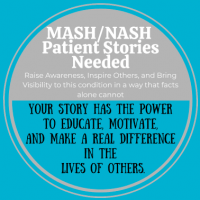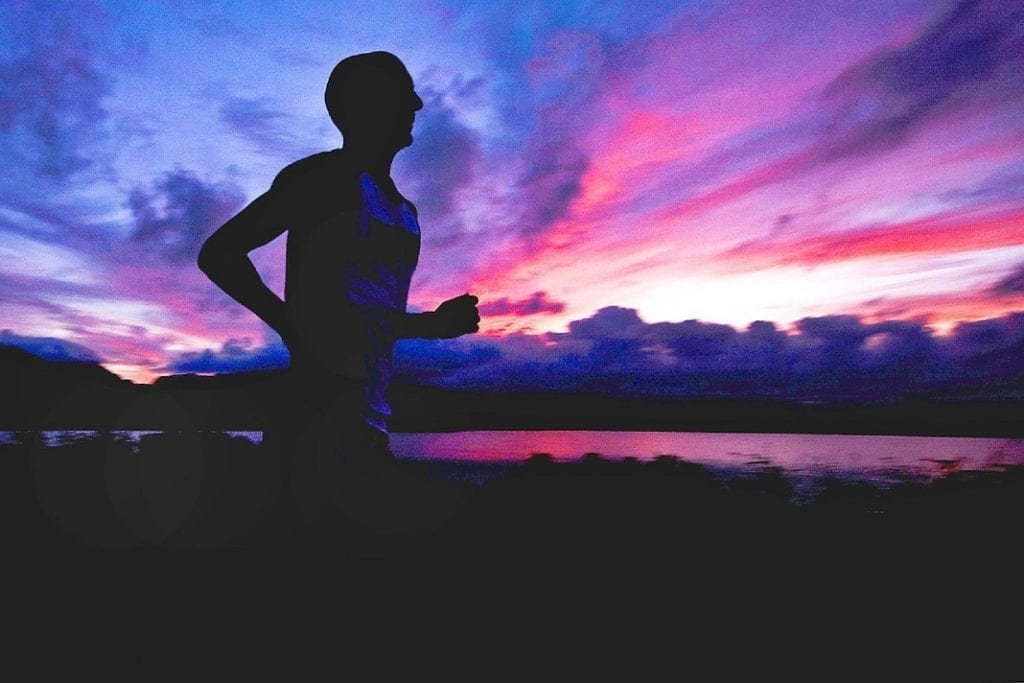It has been over four years since our lives were irreparably changed by the onset of the COVID-19 pandemic. With hundreds of millions of cases globally, and millions of associated deaths, the coronavirus pandemic changed the way we live our lives and the way we see our health. The pandemic caused significant social and economic deficits, with widespread job loss, economic instability, and agricultural devastation. Further, shares a report in KFF, the pandemic led to the increased prevalence of mental health struggles such as depression, alcohol use disorder, anxiety, and suicidal ideation.
As we enter the midpoint of 2024, many people view the pandemic as over, having passed and left devastation in its wake that we are still recovering from. But for many people affected by the COVID-19 pandemic, the struggles are far from over. Another report from KFF shares that an estimated 3 in 10 adults who had COVID-19 are now experiencing long COVID, though other sources suggest the number as 10%. Long COVID is a chronic condition that Yale Medicine explains comprises:
The wide range of symptoms and conditions that some people experience four or more weeks after an initial infection by SARS-CoV-2. The symptoms and conditions, which may last for weeks, months, or years, can be persistent (meaning they developed during an acute COVID-19 illness and haven’t gone away), recurrent (meaning they may go away after the initial illness then return), or new (meaning they were not present initially but developed later).
Symptoms of long COVID may include fatigue, fever, shortness of breath or difficulty breathing, a cough, joint or muscle pain, chest or stomach pain, a rapid heartbeat, diarrhea, blood clots such as pulmonary embolisms, menstrual changes, rashes, a loss of smell or taste, dizziness when standing, difficulty concentrating, headaches, and depression or anxiety. These symptoms may worsen after physical or mental exertion, leaving many people with long COVID with a lower quality of life. People with long COVID may also struggle to perform at their jobs, go to school, maintain relationships, or even complete household chores.
A Triathlete’s Experience with Long COVID
In a story from Philip Bromwell on RTE, which includes a video of Kelly’s experience, triathlete Gráinne Kelly shares how long COVID has fundamentally changed the way she lives her life. Prior to developing long COVID, Kelly was extremely active. She trained for her triathlons up to three times each day and was also working as an entrepreneur.
Then, in 2020, when Kelly was in her early 30s, she contracted COVID-19. Her life has never been the same. In the video she shared with RTE, Kelly exclaims:
“I feel like three and a half years of my life has just been eroded…my whole life has been destroyed. I can’t work. I can’t train…even my relationship with people has changed. I’ve lost friendships, I’ve lost relationships.”
Kelly remains short of breath. Her heart rate raises considerably if she even tries to exercise, leaving her fatigued and on bed rest. In the video, she expresses frustration over a lack of medical awareness, care, and understanding. She explains that people often do not believe her when she tries to share how long COVID has impacted her or what symptoms still shape her life.
Instead, people view her as lazy or unmotivated for not “moving on,” but she expresses that people with long COVID need more help from the medical community to start this process: treatment, care, awareness, and belief. Their lived experiences are just as valid as anyone else’s, and they deserve to be listened to by their physicians.








